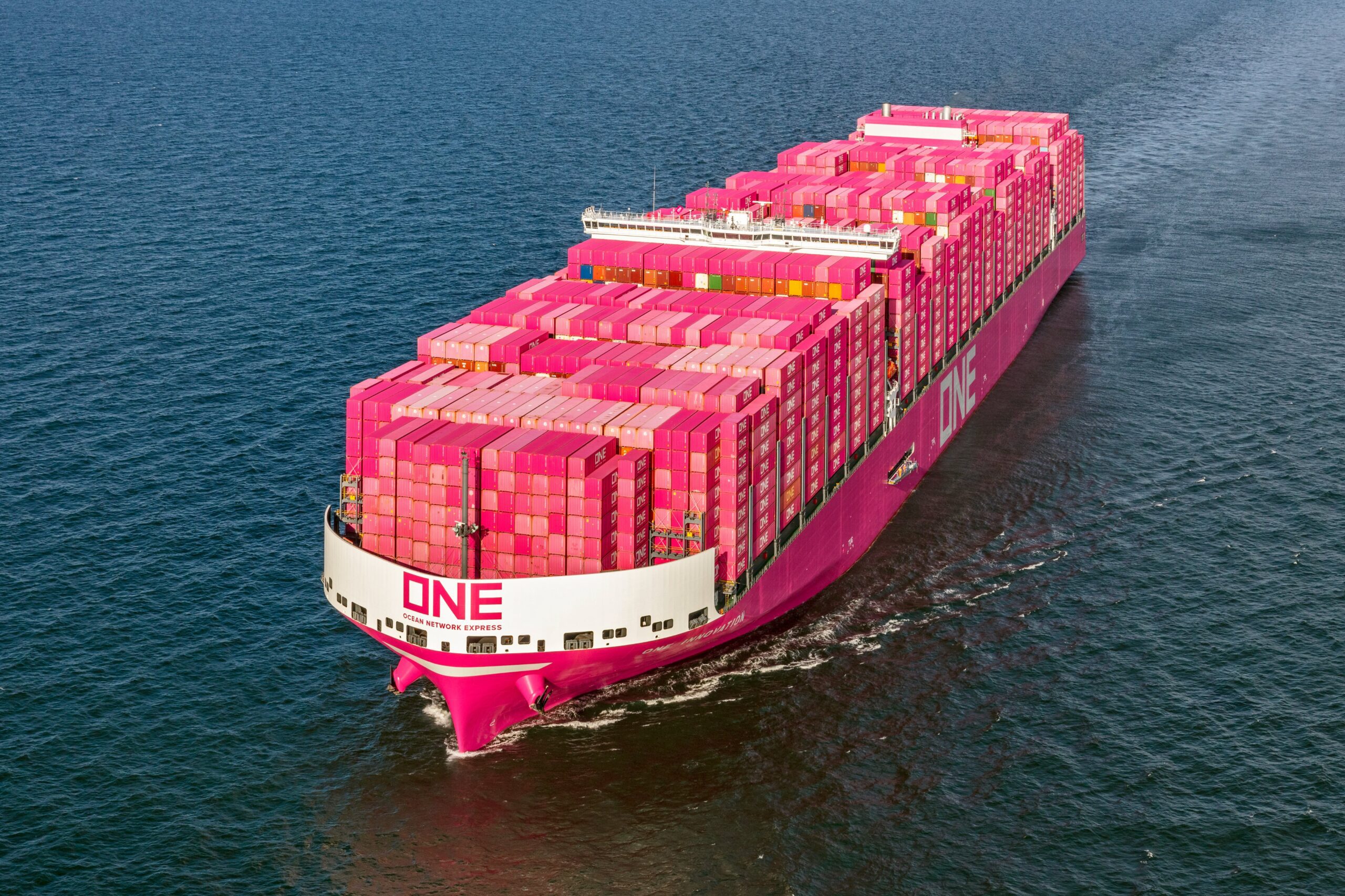Ocean Network Express (ONE) has reported a net profit of $285 million for the second quarter of fiscal year 2025, despite facing significant challenges in the shipping industry. The company, based in Singapore, generated revenues of $4.455 billion from July to September, buoyed by a surge in cargo demand linked to front-loading ahead of impending US tariff deadlines.
The second quarter, which is part of ONE’s fiscal year that runs from April 1 to March 31, was marked by volatility in freight rates influenced by tariff uncertainties and an oversupply of vessel capacity. Notably, demand for cargo surged in July as shippers sought to transport goods ahead of potential tariffs, leading to a remarkable increase in Asia-North America eastbound trade.
Market Dynamics and Forecast Adjustments
Despite the positive profit for the quarter, ONE faced declining utilization rates as new vessel deliveries added to the existing fleet capacity. The persistent oversupply of shipping capacity contributed to a sharp decline in spot rates on major East-West trade routes.
“Our FY2025 2Q results underscore ONE’s resilience and stability in a challenging market,” stated Jeremy Nixon, CEO of Ocean Network Express. “Despite the market fluctuations driven by geopolitical uncertainties, we delivered positive results and secured profitability for the first half of the fiscal year. We maintain a cautious outlook for the full year given current market dynamics.”
Following a profit of $371 million in the first half of FY2025, ONE now forecasts a total annual profit of just $310 million. This projection suggests a potential loss of $61 million in the second half of the fiscal year.
Geopolitical Risks and Operational Strategies
Geopolitical tensions in the Red Sea and Gulf of Aden have forced vessels to divert around the Cape of Good Hope, which has partially mitigated some of the oversupply in the market. ONE’s full-year forecast assumes that this rerouting will continue throughout the fiscal year.
To combat supply chain disruptions caused by these geopolitical risks, the company has implemented countermeasures and flexible strategies to address port congestion in various regions. Nixon emphasized ONE’s commitment to operational flexibility, stating, “We will continue to take steps to adapt our network and optimize our fleet, ensuring we meet market demands and provide customers with long-term reliability.”
ONE has been actively reviewing its cargo portfolio and vessel deployment strategies to enhance yield management and maximize profitability. The company is closely monitoring the evolving situation regarding US tariffs and developments from the United States Trade Representative (USTR).
In summary, while ONE has demonstrated resilience by reporting a substantial profit in a turbulent market, the outlook for the remainder of the fiscal year remains cautious amid ongoing geopolitical uncertainties and fluctuating market conditions.
